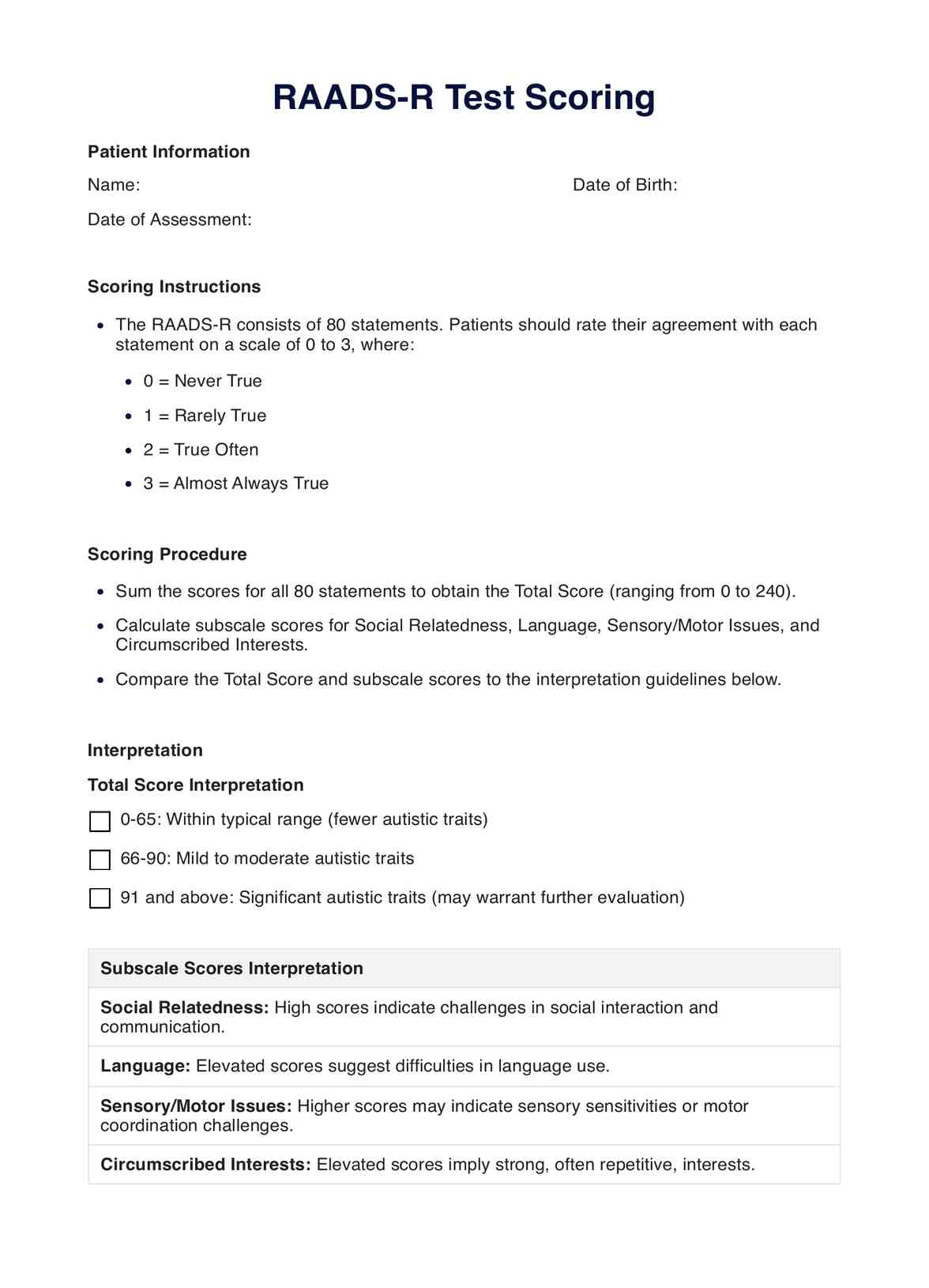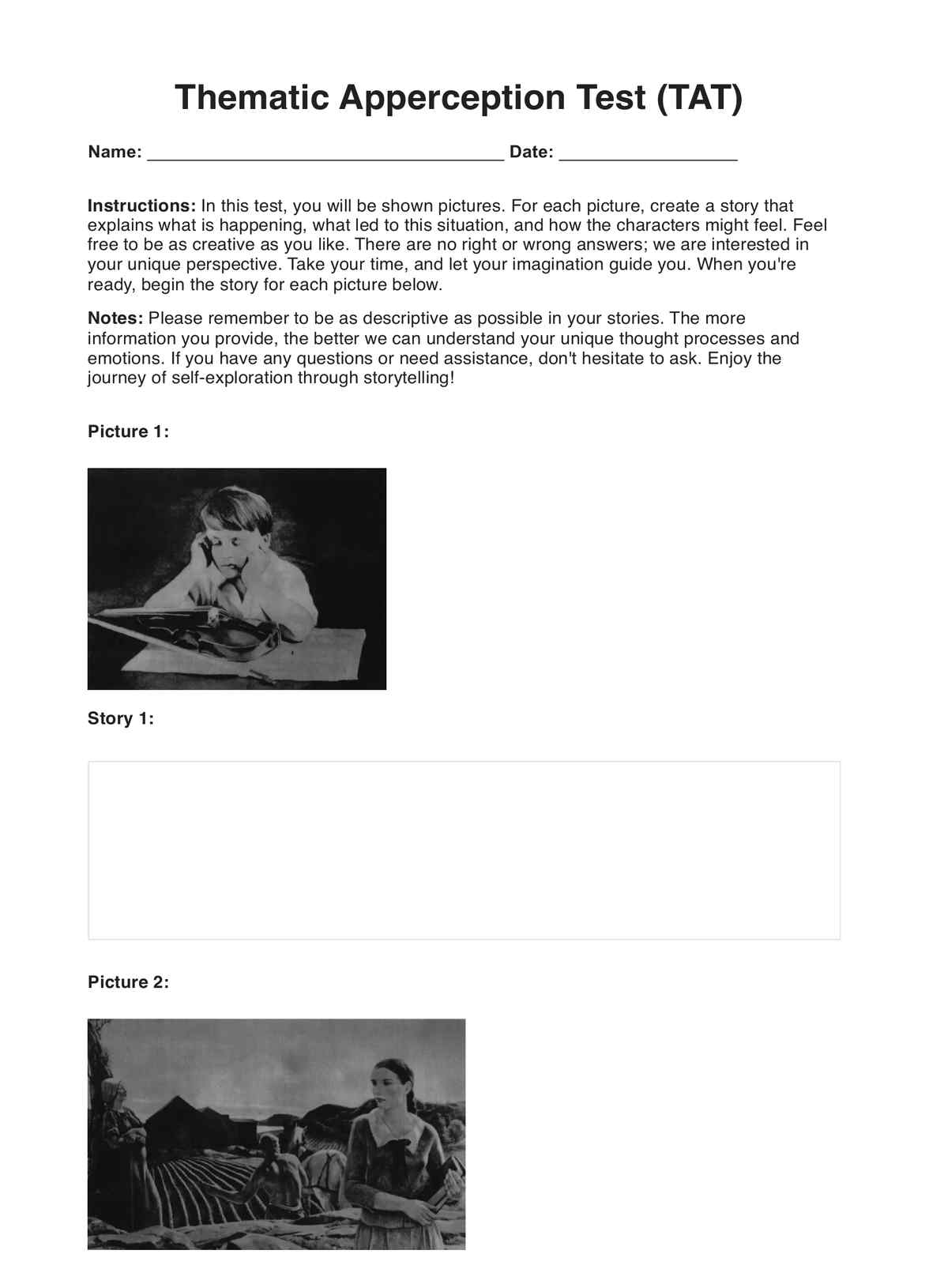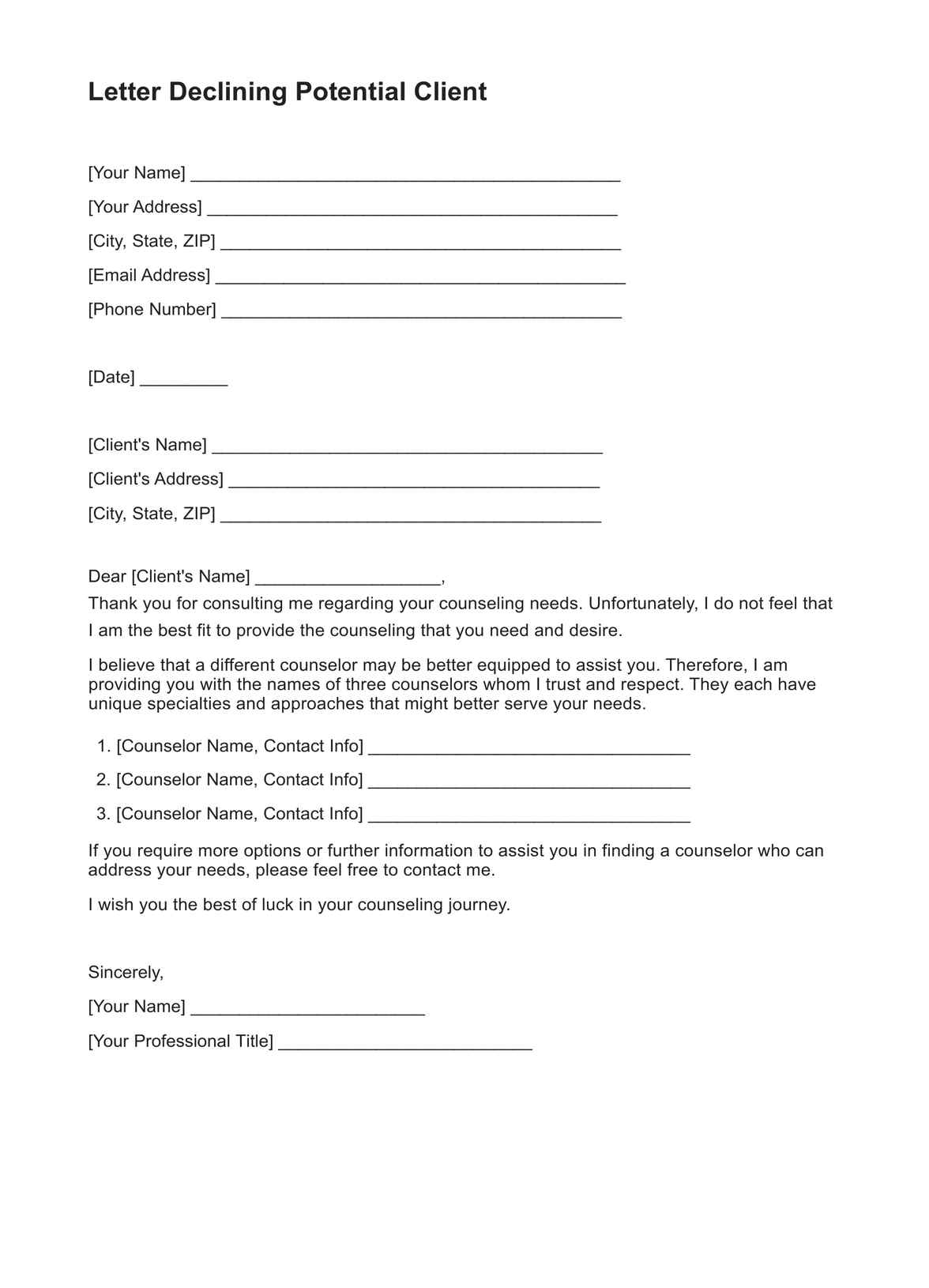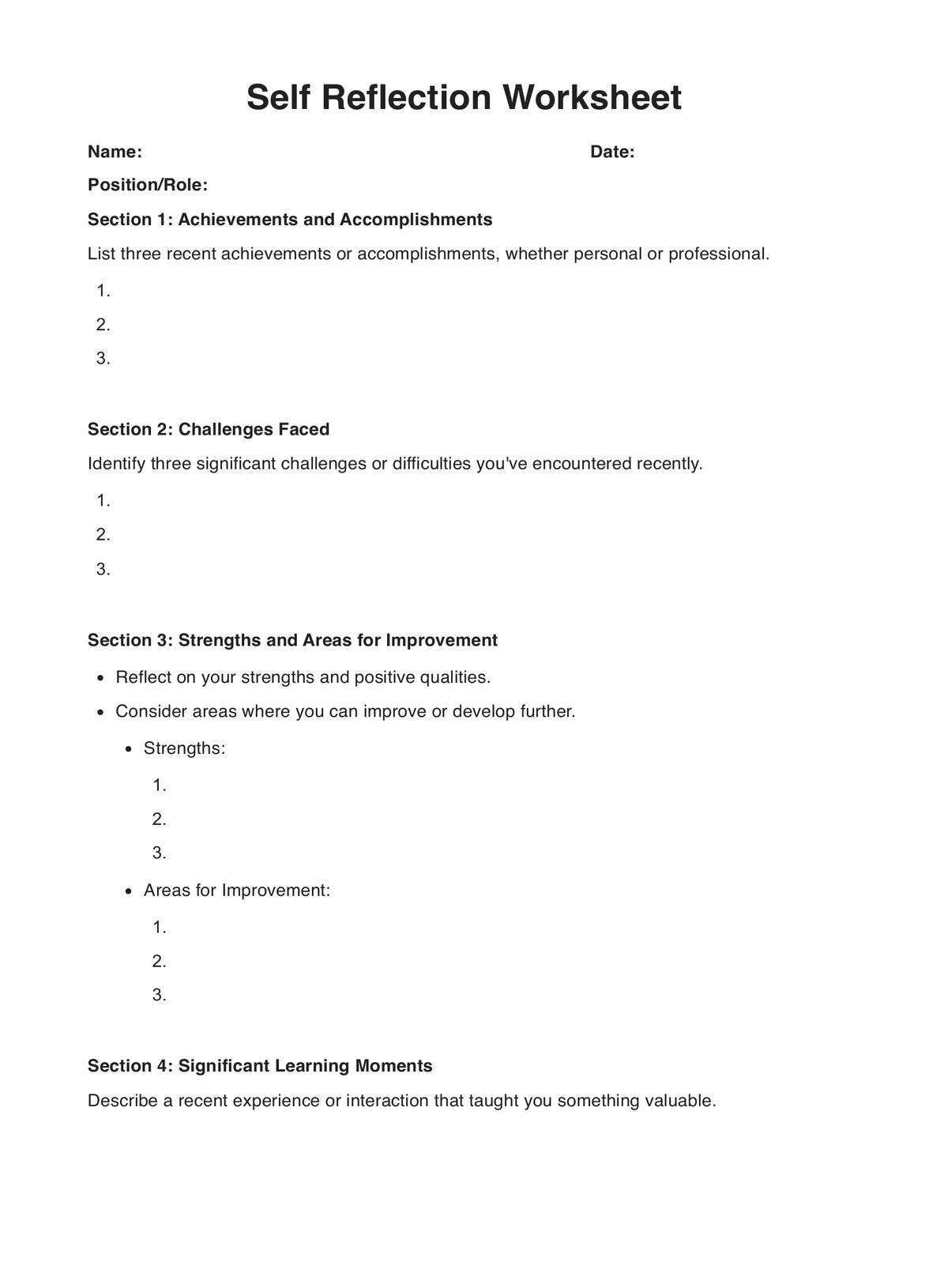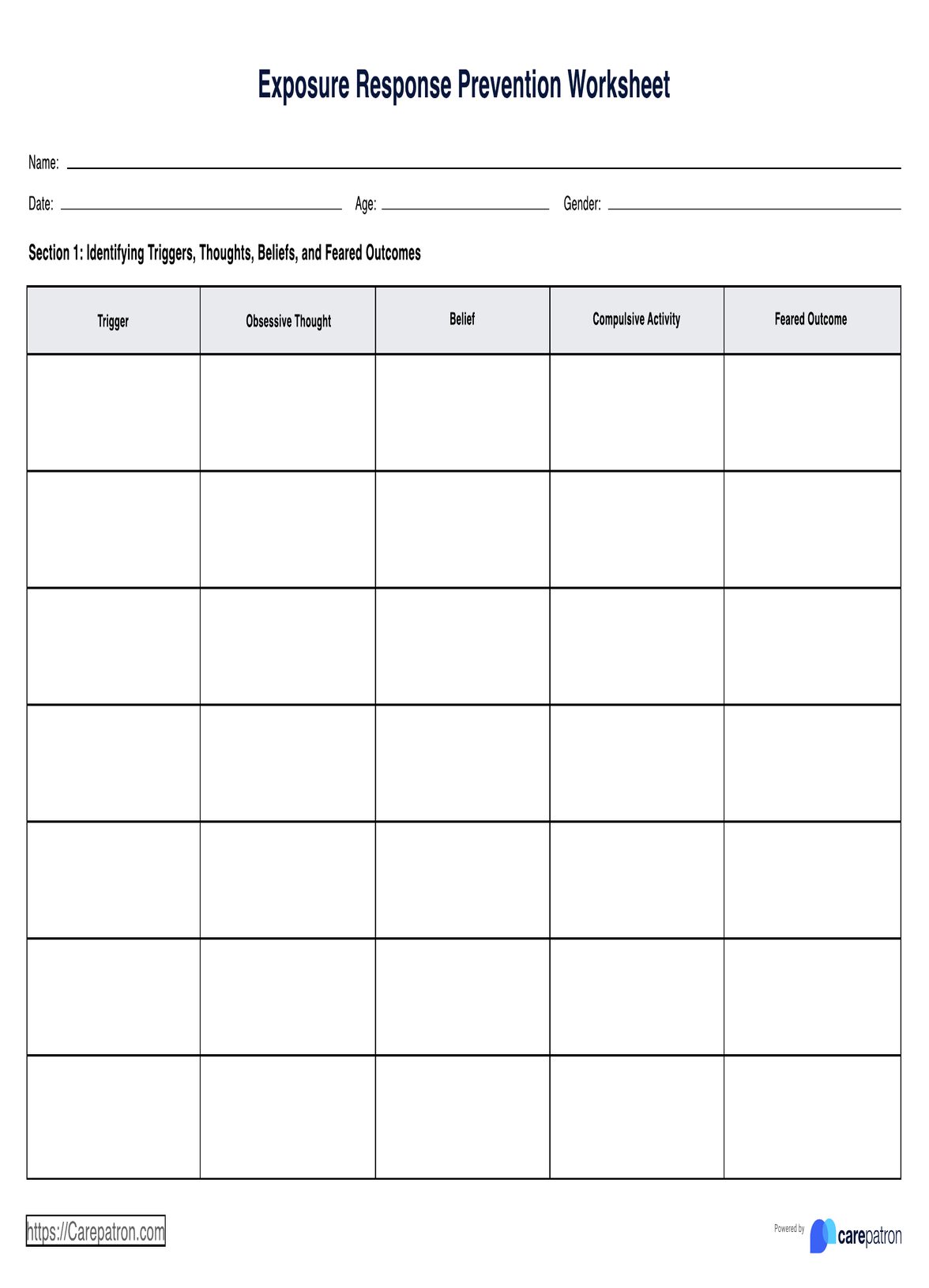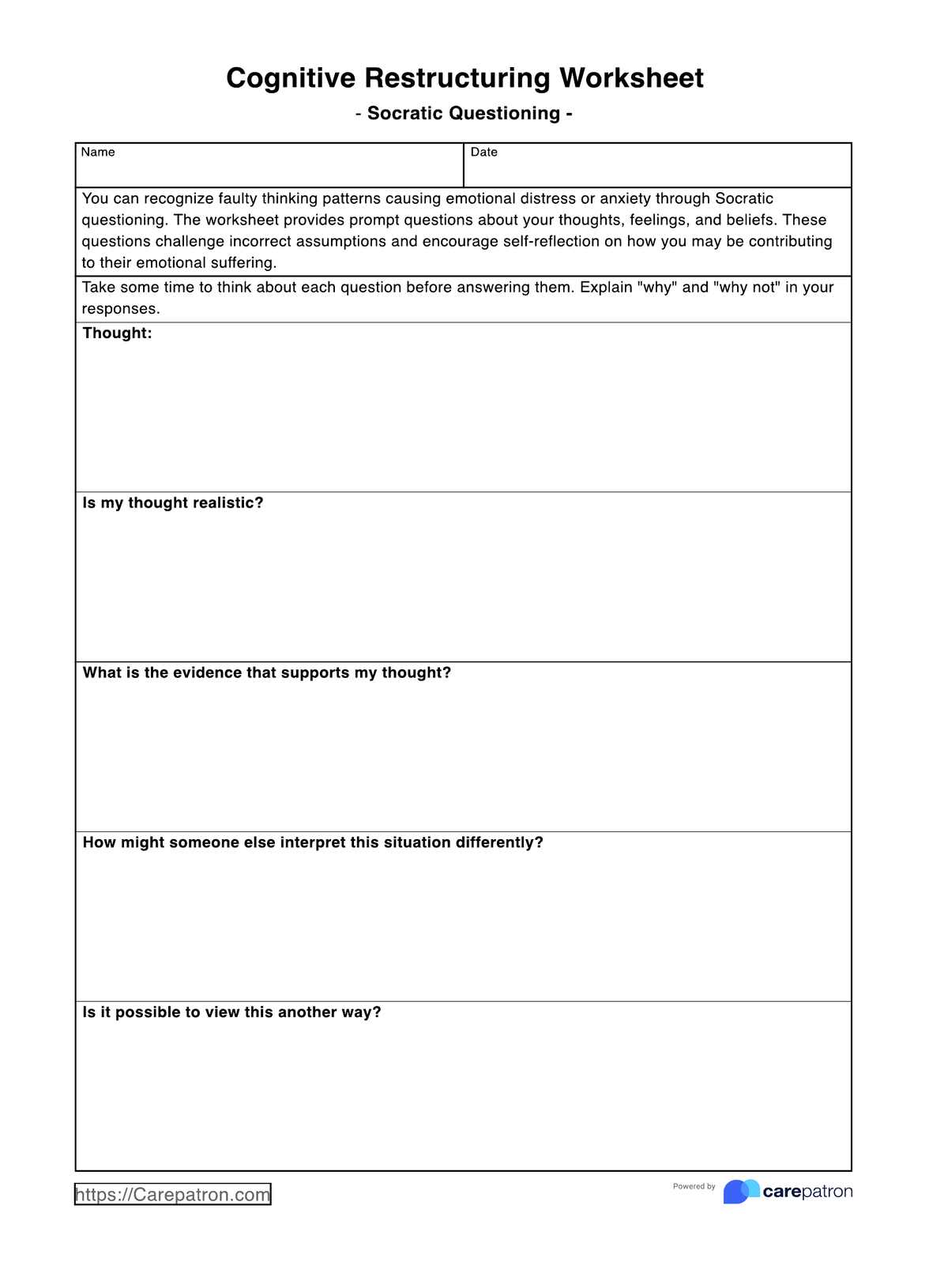Boredom During Recovery CBT Worksheet
Dive into our complete Boredom During Recovery CBT Worksheet guide. Discover its value, uses, & how Carepatron revolutionizes therapeutic interventions.


What is a Boredom During Recovery CBT Worksheet?
Cognitive behavioral therapy (CBT) is a well-established psychological approach that helps individuals recognize and manage negative thought patterns. It is sometimes used in addiction recovery communities (commonly during early recovery) to help rehabilitation patients develop healthy coping skills and reconfigure how they think about their addictions and lives to restore their mental health to normal.
CBT can help them develop present moment awareness, foster better self-awareness, and learn how to look for emotional support and peer support groups (including establishing a robust support network, especially after recovering). All of these will help them reattain good physical health post-recovery, and also help them chart a path towards a meaningful life.
A Boredom During Recovery CBT Worksheet is a tool used in therapy sessions to help clients recognize and cope with feelings of boredom during the recovery process. It is based on the principles of CBT, which aims to change negative thinking patterns and behaviors.
This worksheet can help individuals in recovery identify triggers for their boredom, examine any underlying thoughts or beliefs that contribute to their boredom, and develop healthier coping strategies to manage it.
Boredom During Recovery CBT Worksheet Template
Boredom During Recovery CBT Worksheet Example
How To Use the Boredom During Recovery CBT Worksheet
Ready to deep dive into the boredom abyss and come out enlightened on the other side? As promised, we're taking you step by step on how to wield this worksheet as an arsenal against the lurking dangers of boredom during recovery. Let's roll!
Step 1: Introduction and Understanding the Significance
Start by reviewing the beginning sections of the worksheet with the patient. This will aid in contextualizing the vital role boredom plays in the recovery process. Highlight that boredom isn't just a fleeting feeling but can pose a genuine threat to recovery.
Step 2: Reflect on Past Experiences
Before diving into strategies, it's crucial to understand the patient's relationship with boredom. Prompt the patient to introspectively respond to the question about their past encounters with boredom after ceasing drug use. Their responses will be illuminating for both the patient and the therapist.
Step 3: Equip with Knowledge
The worksheet details the reasons many in recovery grapple with boredom. Review these reasons with the patient, helping them understand the normalcy and almost expectant nature of these feelings during recovery. Knowledge truly is power, and understanding the 'why' behind their emotions can be empowering.
Step 4: Actionable Coping Strategies
Now, we get proactive. Delve into the coping strategies enumerated in the worksheet. Make it interactive—ask the patient which strategies resonate with them the most and which ones they find doable.
Step 5: Tailor-made Recreational Planning
Engage the patient in listing five recreational activities they'd love to pursue post-recovery. This isn't just about filling time; it's about reigniting passion and giving them something tangible to look forward to.
Step 6: Planning Forward
Every journey becomes more manageable with a roadmap. Guide the patient to plan something specific to anticipate, ensuring it's both enjoyable and aligned with their recovery path.
Step 7: Review and Discussion
After the patient completes the worksheet, review their answers. This ensures understanding and opens avenues for deeper discussion, offering clarity and fine-tuning their boredom-busting strategies.
There you have it! From understanding the implications of boredom to actively combating it, this worksheet is your trusty sidekick. As the recovery journey continues, remember, it's not about merely passing the time but enriching it. Let's turn potential relapse triggers into stepping stones for a brighter, boredom-free future.
When Would You Use This Form?
For many individuals in recovery, boredom poses an unseen yet significant threat. But how do professionals ascertain the right moment to introduce the "Boredom During Recovery CBT Worksheet"? Recognizing these critical junctures can be the key to preventing relapse and promoting a wholesome recovery.
- Initial Recovery Phases: When a patient has just begun their journey, it's a delicate stage. The contrast between their past substance-fueled life and new routine can be jarring. Use the worksheet to help them identify potential boredom triggers early on.
- After Intensive Treatment: Once patients complete an intensive phase of treatment, like detox or in-patient rehab, they often find themselves with increased free time. This worksheet can guide them to fill that void constructively.
- During Check-ins: Regularly during therapy or recovery check-ins, revisit the worksheet. As recovery progresses, the sources and solutions to boredom may evolve.
- Relapse Indication: If a patient is listless or hints at potential relapse triggers, introduce them to the worksheet. It's a proactive step to address underlying issues before they escalate.
- Group Therapy: This worksheet can be an excellent tool during group therapy sessions. Sharing experiences of boredom and coping strategies can foster a supportive community feeling.
In conclusion, as healthcare professionals, our duty goes beyond treating substance abuse's physical and psychological aftermath. It's about foreseeing challenges and equipping our patients with the necessary tools. The "Boredom During Recovery CBT Worksheet" isn't just a piece of paper; it's a proactive strategy to ensure sustained recovery. We can make a difference in our patients' recovery journeys by recognizing the most needed moments.
Benefits
Personalized Recovery Approach
The worksheet allows for a tailored recovery strategy. Addressing each individual's unique triggers and experiences of boredom ensures that the recovery process resonates personally with them.
Prevention of Relapses
Boredom, often an overlooked factor, can be a significant relapse trigger. This worksheet acts as a proactive shield against potential relapses by recognizing and addressing them head-on.
Structured Reflection
The structured questions and prompts encourage introspection. They guide individuals to understand their feelings better, helping them make informed decisions during their recovery journey.
Enhanced Engagement in Therapy
For therapists and counselors, this worksheet can serve as an effective tool to engage patients during sessions. It offers tangible tasks and discussions, ensuring productive therapy time.
Community Building
When used in group therapy or support group settings, the worksheet fosters shared experiences and discussions. This can help build a sense of community among participants, reinforcing the importance of collective support.
Empowerment and Autonomy
The worksheet identifies feelings of boredom and empowers individuals with actionable steps. This promotes a sense of autonomy in their recovery journey, ensuring they feel in control.
By understanding these benefits, both healthcare professionals and those in recovery can harness the power of the worksheet, making it an invaluable tool in the journey towards a substance-free life.
Research & Evidence
Cognitive Behavioral Therapy (CBT) is an evidence-based approach for treating various psychological disorders, including substance use disorders. Boredom as a risk factor in recovery has been extensively studied, with researchers identifying its potential to trigger relapses.
The "Boredom During Recovery CBT Worksheet" integrates the principles of CBT with current knowledge about boredom's role in recovery. Historically, CBT emerged in the 1960s as a method to treat depression, and its application has since expanded to various psychological conditions, including substance abuse. Its core principle is that our thoughts, feelings, and behaviors are interconnected, and changing one can positively influence others.
Numerous studies highlight the effectiveness of CBT in treating substance use disorders. For instance, a study in the Journal of Consulting and Clinical Psychology found that CBT, when applied to substance abuse, could significantly reduce the chances of a relapse. Another research piece published in Addiction Science & Clinical Practice emphasized that addressing emotional triggers, like boredom, can be pivotal in the recovery process.
Furthermore, the phase of recovery known as "the Wall," characterized by feelings of listlessness and boredom, has been discussed in recovery literature, such as Terence Gorski's work on relapse prevention. As the worksheet does, recognizing and addressing this phase provides individuals the tools to navigate this challenging period successfully.
In conclusion, the amalgamation of CBT's proven strategies with contemporary research about boredom's role in substance recovery makes this worksheet an evidence-backed resource for those on the recovery journey.
References
- Beck, A. T. (1979). Cognitive Therapy and the Emotional Disorders. Meridian.
- Magill, M., & Ray, L. A. (2009). Cognitive-behavioral treatment with adult alcohol and illicit drug users: A meta-analysis of randomized controlled trials. Journal of Studies on Alcohol and Drugs, 70(4), 516-527.
- Witkiewitz, K., & Marlatt, G. A. (2004). Relapse prevention for alcohol and drug problems. American Psychologist, 59(4), 224.
- Gorski, T. T., & Miller, M. (1986). Staying sober: A guide for relapse prevention. Independence Project.
Commonly asked questions
Absolutely! Carepatron allows healthcare professionals to tailor the worksheet to individual patient needs, ensuring a personalized therapeutic experience.
Definitely, Carepatron prioritizes user data security with top-notch encryption standards, ensuring that all your information remains confidential and protected.
The digital version of Carepatron offers real-time feedback, seamless administration, and easy storage. It's environmentally friendly and more efficient than traditional paper methods.


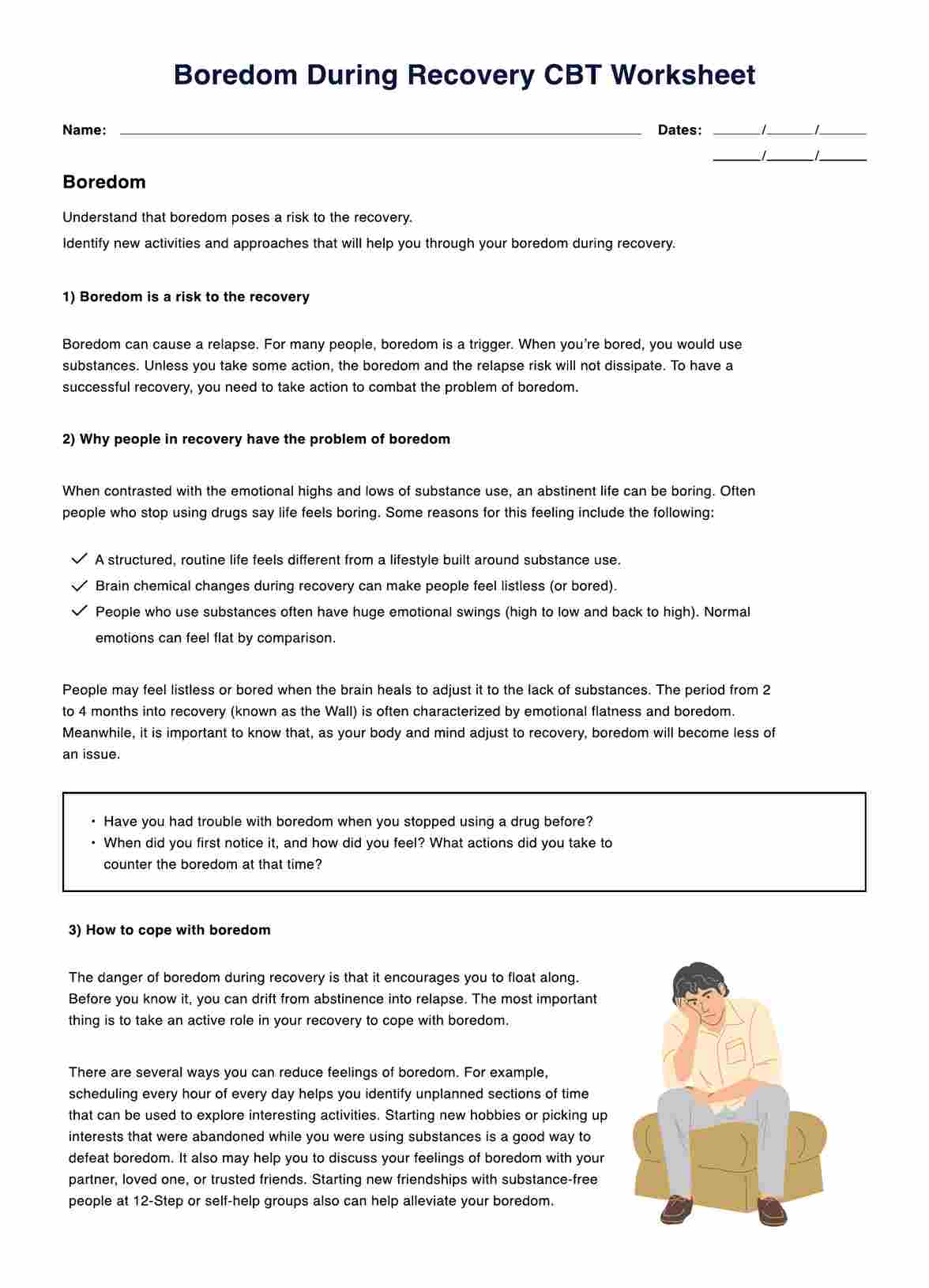
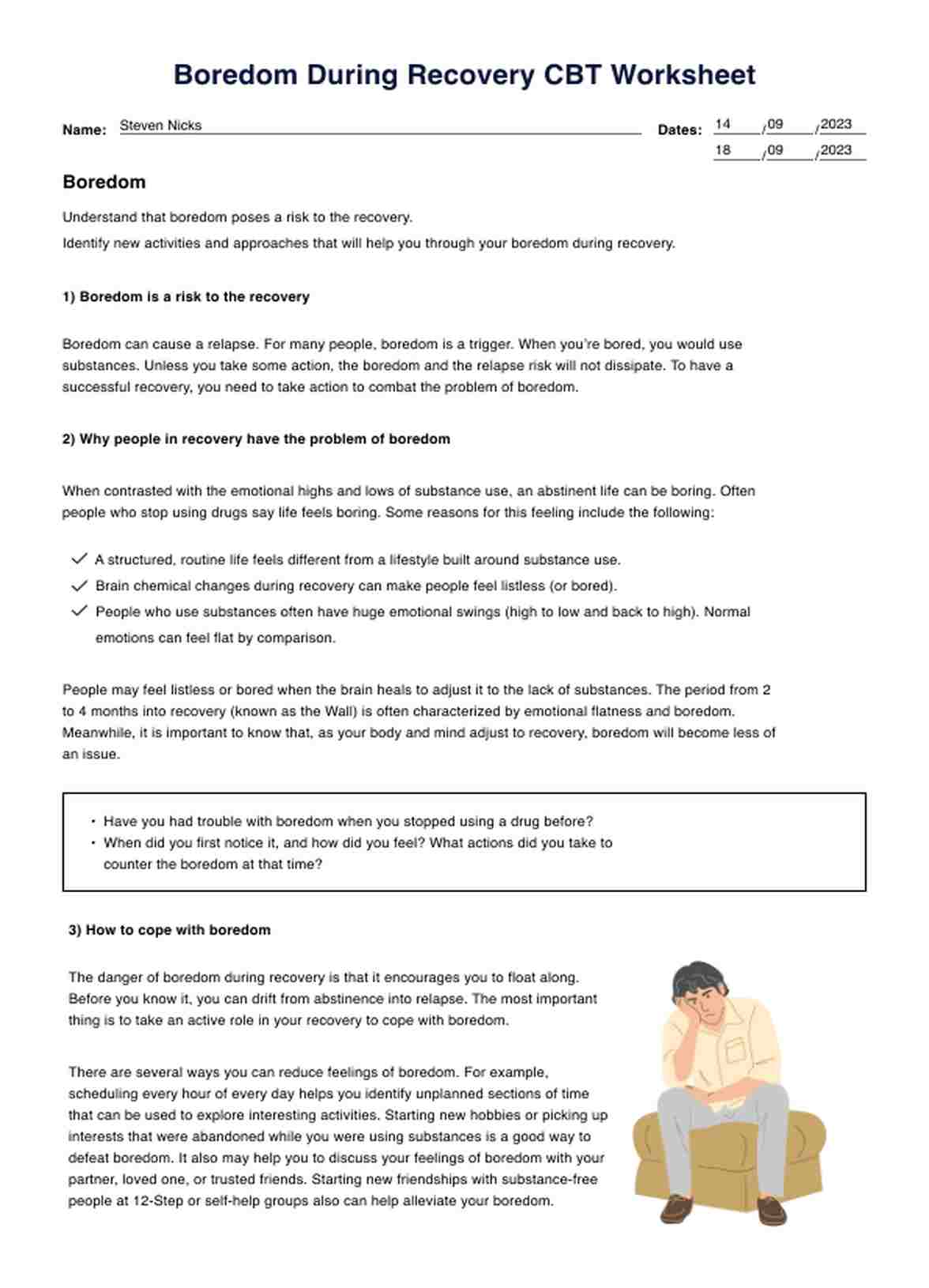

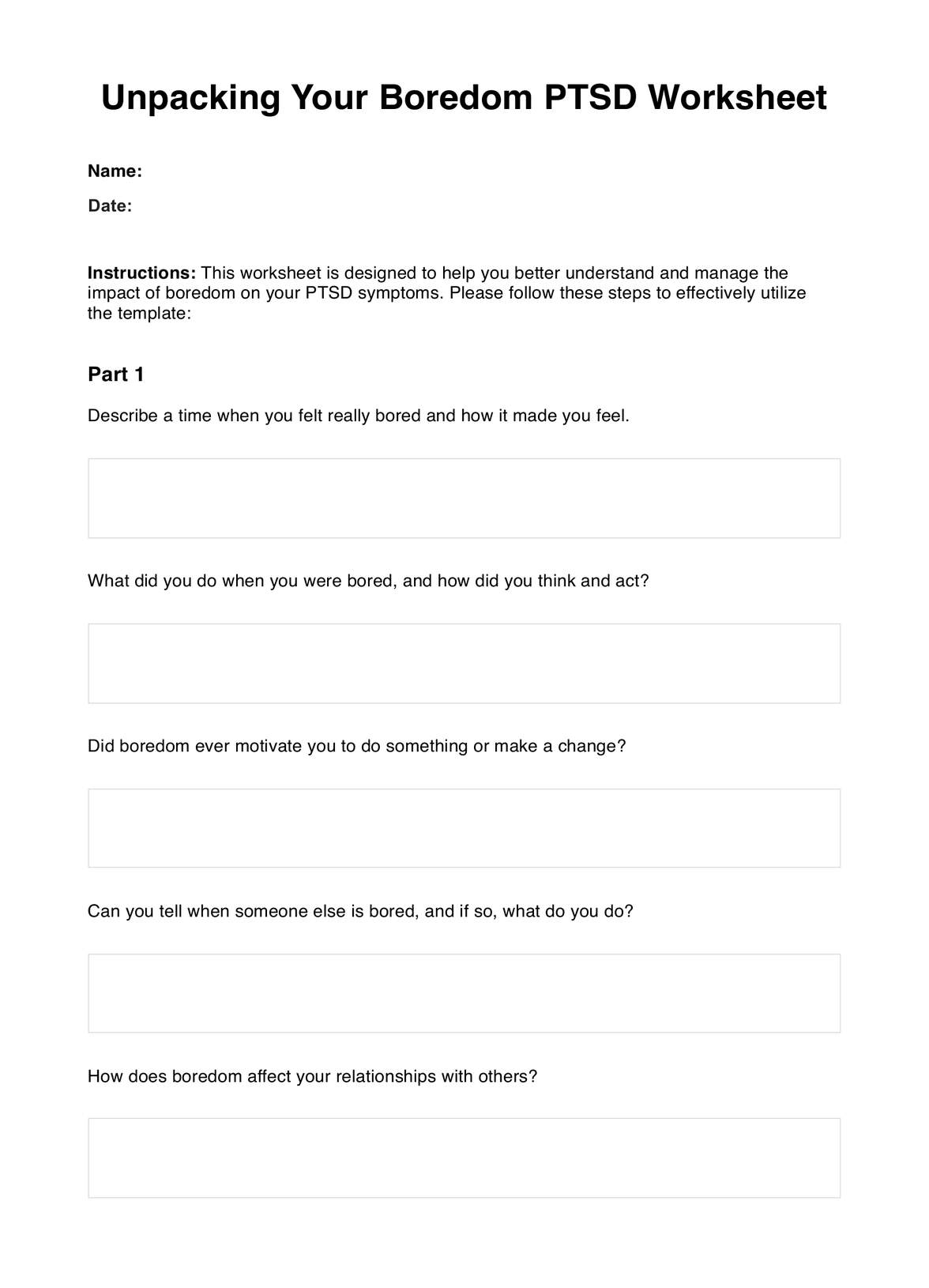














-template.jpg)





















































































